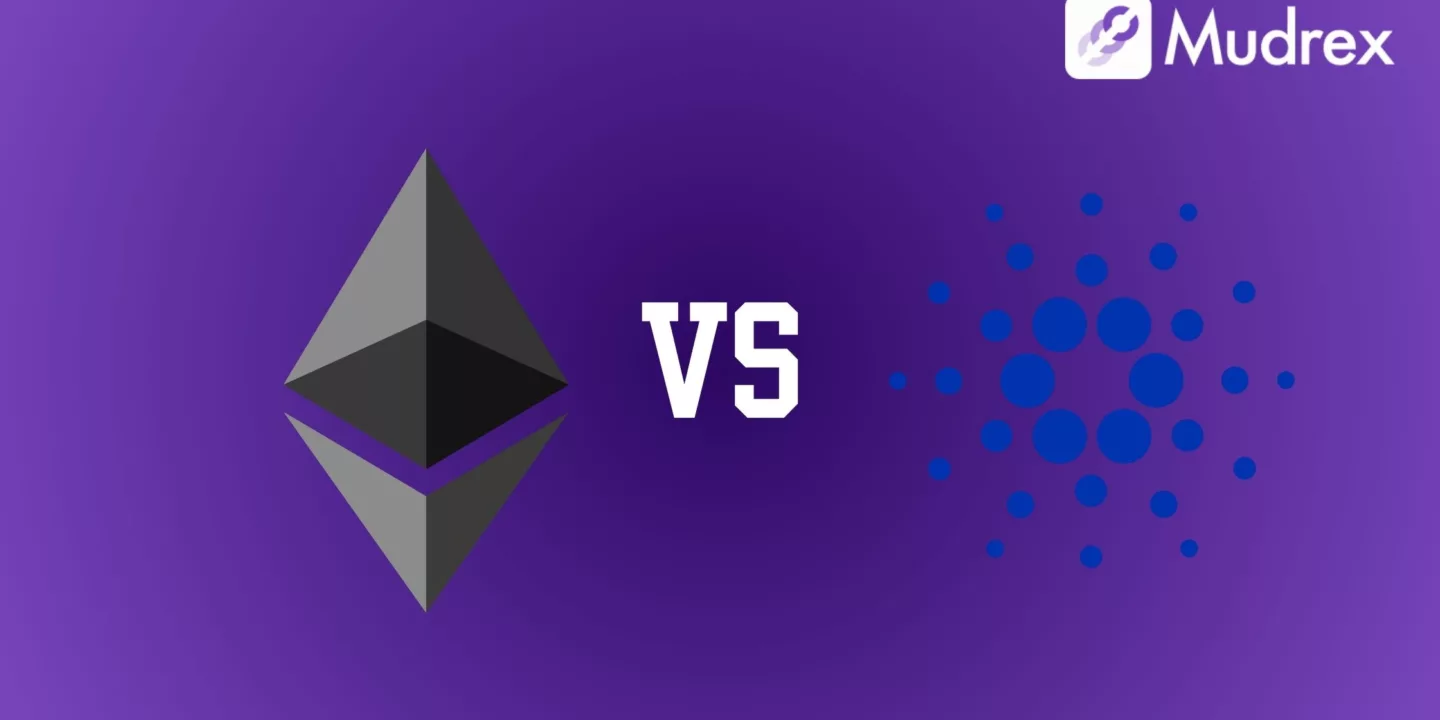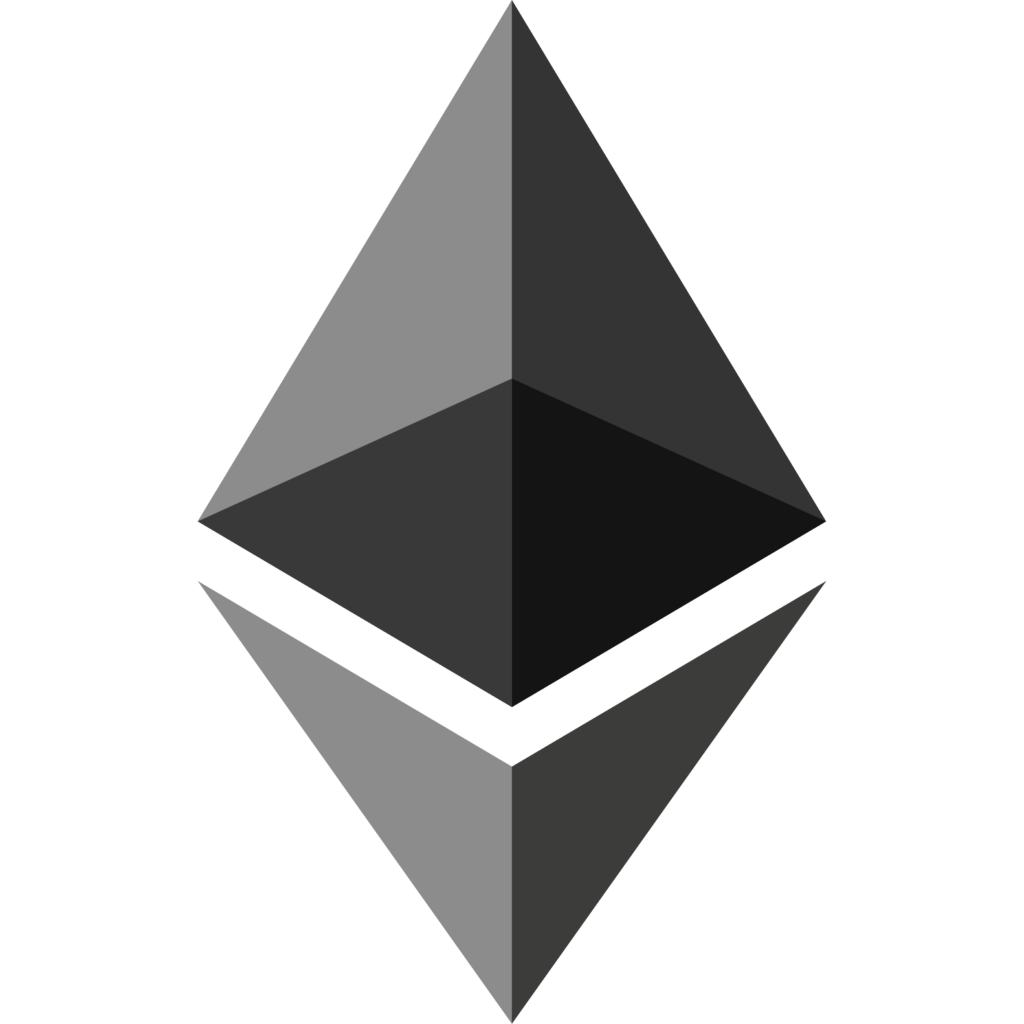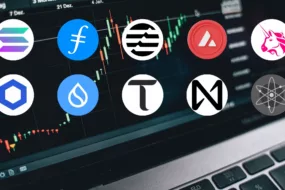
Ethereum or Cardano? A 2024 Investment Face-Off
The cryptocurrency market is evolving rapidly, and with Ethereum and Cardano at the forefront, understanding which offers a better investment opportunity in 2024 is crucial. Both platforms bring unique features and potentials that could shape the future of blockchain technology.
Key Takeaways
- Ethereum’s established ecosystem or Cardano’s research-driven development?
- Ethereum’s move to Proof-of-Stake (PoS) vs. Cardano’s inherent PoS.
- Regulatory, technical, and market volatility factors.
Key Comparison Points
Here’s a detailed comparison between Ethereum and Cardano investments:
Ethereum or Cardano: Historical Performance

Ethereum, launched in 2015, has seen tremendous growth, with its price soaring from mere dollars to its all-time high of over $4,800 in 2021. Its market cap consistently positions it as the second-largest cryptocurrency after Bitcoin.

Cardano, launched in 2017, also experienced significant growth, particularly in 2021 when it reached an all-time high of around $3.10. Its approach to peer-reviewed research and gradual rollout has attracted attention, giving it a strong market cap within the top ten cryptocurrencies.
Ethereum or Cardano: Investment Potential
Ethereum’s established ecosystem, driven by its widespread smart contract and dApp usage, suggests strong investment potential. The DeFi boom, NFT market, and enterprise blockchain solutions continue to expand Ethereum’s reach—the transition to Ethereum 2.0 promises enhanced scalability and energy efficiency.
Conversely, Cardano emphasizes a peer-reviewed, research-based methodology. DeFi and NFT applications can now operate on its platform thanks to its staggered rollout and the introduction of smart contract capabilities via the Alonzo update. Cardano’s growth plan is deliberate and sustainable to resolve interoperability and scalability issues. This is where its promise rests.
Ethereum or Cardano: Consensus Mechanism
Ethereum’s transition from Proof-of-Work (PoW) to Proof-of-Stake (PoS) through the Ethereum 2.0 upgrade represents a significant technological shift. This transition aims to reduce energy consumption, enhance security, and improve transaction throughput. The Beacon Chain has already implemented the PoS mechanism, setting the stage for further developments.
Since its inception, Cardano has been using a PoS mechanism, known as Ouroboros. This mechanism is touted as highly secure and energy-efficient, aligning with Cardano’s goal of creating a sustainable and scalable blockchain. Its early adoption of PoS positions it well in the evolving crypto landscape.
Ethereum or Cardano: Scalability Solutions
Ethereum is actively working on Layer 2 solutions like Optimistic Rollups and ZK-Rollups to improve scalability and transaction speed. In addition, Ethereum’s roadmap includes sharding, a technique for dividing the blockchain into more manageable chunks to boost network capacity.
Cardano approaches scalability through its Hydra protocol, a Layer 2 solution designed to enhance transaction throughput by creating multiple “heads” that can process transactions concurrently. This innovative approach aims to enable thousands of transactions per second, catering to a global user base.
Ethereum or Cardano: Smart Contracts and dApps
Ethereum’s ecosystem is rich with smart contracts and decentralized applications (dApps), boasting thousands of projects ranging from DeFi platforms to NFT marketplaces. Its mature developer community and established Ethereum Virtual Machine (EVM) give it a significant advantage in the smart contract space.
Though recent, Cardano’s entry into the smart contract arena has been marked by a methodical approach. The Alonzo upgrade introduced smart contract functionality, allowing developers to build and deploy apps. While its ecosystem is not as mature as Ethereum’s, Cardano’s focus on formal verification and secure contract development sets it apart.
Ethereum or Cardano: Development Philosophy
Ethereum is driven by a developer-centric approach, with frequent updates and improvements steered by its active community. This flexibility allows Ethereum to adapt quickly to market demands and technological advancements.
Cardano adopts a research-based methodology, prioritizing peer-reviewed research and formal methods in its development process. This rigorous approach aims to ensure the blockchain’s long-term sustainability, security, and scalability.
Ethereum or Cardano: Adoption and Ecosystem
Important Projects and Partnerships: Uniswap, Chainlink, and OpenSea are just a few of the significant initiatives driving the DeFi and NFT sectors. Ethereum is also widely adopted. It has alliances with organizations like Enterprise Ethereum Alliance and Consensys, among others, to provide enterprise solutions.
Cardano’s partnerships focus on real-world use cases, especially in developing countries. Notable collaborations include projects in Ethiopia for a blockchain-based student identification system and partnerships with companies like Dish Network and New Balance. These projects highlight Cardano’s commitment to social impact and global adoption.
Ethereum or Cardano: Community and Ecosystem Growth
Ethereum boasts a vibrant and large developer community that continuously contributes to its extensive ecosystem of tools, frameworks, and dApps. Its widespread adoption is reflected in the sheer number of projects built on its platform.
Cardano’s community is steadily growing and is supported by initiatives like Project Catalyst, which funds community-driven projects. Though smaller, its ecosystem is expanding, emphasizing academic collaboration and structured growth.
Ethereum or Cardano: Regulatory Risks
Ethereum faces potential regulatory scrutiny, especially around its DeFi platforms and the issuance of new tokens. However, its shift to Proof-of-Stake may alleviate some environmental concerns, potentially reducing regulatory pressure.
Cardano, focusing on compliance and regulatory engagement, aims to mitigate risks by working closely with regulators and emphasizing identity management and compliance within its ecosystem.
Ethereum or Cardano: Technical Challenges
Ethereum’s transition to Ethereum 2.0 is a complex, multi-phase process that carries inherent risks. Potential delays or issues during the rollout could impact its performance and investor confidence.
While Cardano aims for long-term sustainability, its slow and methodical development process may pose challenges in terms of speed and adaptability to market changes.
Ethereum or Cardano: Market Volatility
Due to the inherent volatility of the cryptocurrency market, Ethereum and Cardano are both vulnerable. The short-term value of investments can be greatly impacted by price swings, therefore it is important to carefully analyze market trends and risk tolerance.
Conclusion
Ethereum offers a well-established ecosystem with proven utility and a strong developer community. Its ongoing transition to Ethereum 2.0 promises to address scalability and efficiency issues, making it a solid choice for investors looking for a versatile platform with broad adoption.
Cardano presents a compelling alternative with its research-based approach, focusing on sustainability, scalability, and real-world use cases. Its steady growth and recent entrance into the smart contract space offer the long-term potential for investors who value a cautious and structured development strategy.
Mudrex will help you by giving you the knowledge and abilities you need. You may make sensible selections that lead to profitable bitcoin trading by applying this guidance. Download the Mudrex app from Google Play to acquire all the details and tools you need to get going.
FAQs
In 2024, which cryptocurrency is the best to invest in?
The best cryptocurrency to invest in 2024 depends on your goals and risk tolerance. Ethereum is a strong choice for its established ecosystem and ongoing upgrades. Cardano’s emphasis on sustainability and scalability could entice long-term investors. Using both to diversify your portfolio could also be a good idea.
Is Cardano a good investment in 2024?
Yes, Cardano could be a good investment in 2024, especially for those who appreciate a systematic and research-based development process. Its focus on scalability, sustainability, real-world applications, and recent upgrades enabling smart contracts position Cardano as a promising contender for long-term growth.
Is ETH a good investment in 2024?
Ethereum (ETH) remains a strong investment in 2024 due to its mature ecosystem and widespread adoption in DeFi, NFTs, and enterprise solutions. The ongoing transition to Ethereum 2.0 aims to solve current scalability issues, which could further enhance its value and usability. Ethereum is a great option if you are looking for a trustworthy and adaptable platform.
Which coin will reach $1 in 2025?
Predicting which coin will reach a specific price point, like $1, by 2025 is challenging due to the market’s inherent volatility. However, many investors speculate on smaller-cap coins or new projects with the potential for significant growth. Coins with solid fundamentals, innovative technology, and a growing ecosystem have a better chance of reaching such milestones.
Can Ethereum reach 50K?
While Ethereum reaching $50,000 is speculative and highly ambitious, it’s not outside the realm of possibility in the long term, considering the growth potential of blockchain technology, Ethereum’s ongoing upgrades, and its expanding use cases. Factors such as network upgrades, market adoption, institutional investment, and overall market conditions will significantly determine Ethereum’s future price.




